The Publisher/Graphic Designer Relationship (Part IV)
The Evil Genius
Measuring knowledge when it comes to graphic designers is kind of a double-sided coin. On one hand, there’s the innate and learned knowledge centered around design, fabrication, and user-experience. On the other hand, there’s the ability to use the tools of the industry, like Adobe Creative Suite. This is another area where graphic designers and artists differ. It’s imperative that the graphic designer has enough knowledge to design the files, assemble them into components and supply press-ready art to the printer whereas artists have more flexibility to create their art in whichever medium they feel comfortable in, whether it’s digital art or oils on canvas.
One of the great things about a knowledgeable graphic designer is that they can meaningfully contribute to virtually every stage of the game design process.
The Prototype Phase
Designers can assist in initial prototype layout and iteration. By bringing a designer in at this stage, they are able to apply some rudimentary UX principles which can go a long way to making the game that much usable a lot earlier.
Having a designer on board at this early in the process, the layout choices that are made can enhance user experience and facilitate gameplay.
Production Phase:
Lean on your designer to assist in writing the artists’ brief to define requirements like size, format, and composition in order to best work with the components.
Make informed choices on component materials by relying on your designer’s experience and expertise in print media.
Designers can consult on colour and type choices that maximize legibility for colorblind and other visually impaired players.
Any good designer will craft well structured and annotated source files that can be easily edited.
Press Phase
Designers can assist in preparing error-free press files, especially for those tricky processes like punch boards, spot UV, and other press treatments that require special attention.
Navigate the tricky world of print by bringing your designer in to liaise with the printer to iron out any press issues (because there are always a few!)
All of this to say that I’m a big proponent of ‘all hands in’ from the get-go. Bringing key people, like graphic designers, on at the beginning of the project can (and likely will) improve the end product.
Mmm Curves
I’ve had the pleasure of working as a designer in several industries; each one of them had a learning curve of their own to contend with. At the museum, it was discovering how to design things that were large and would stand up to being used by thousands of people each month. The tabletop industry is no different. Finding a designer with specific tabletop experience is a definite asset. If you can’t find a designer with previous tabletop experience, I’d recommend that they at least have a fair number of print jobs under their belt. When I say print, I’m talking about offset jobs done on a press, not small run jobs done at your local Kinko’s. Another benefit of hiring a designer with print experience is that there’s a good chance they’ve already made some rookie mistakes and learned from them. I speak from personal experience, they can be costly!
Wrapping up, I’d say that in your search for your design unicorn, make a point to chat with the candidates and get a feel of where their experience lies, how varied it is, and how deep those pools of knowledge are. Once you’ve had a chance to do this, hopefully, you’ve found someone who checks all the right ‘design-smarts’ boxes.
Next Up…
In the 5th part of this series, we’ll get to the heart of the matter. Literally. We’ll explore the driving forces that help us dream up these wonderful creations. In a word? Passion.


